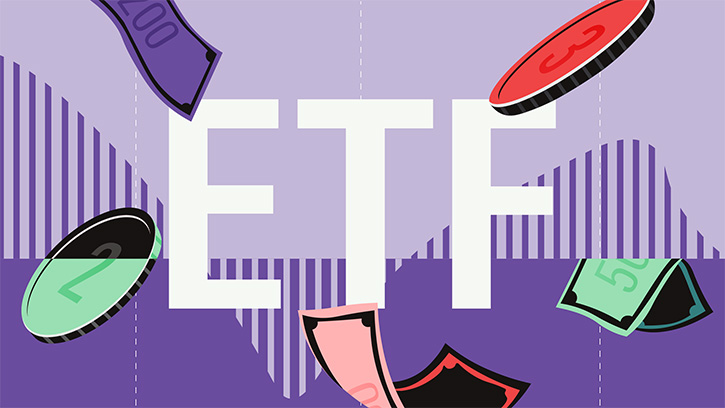The month of July was dominated by five key themes; US dollar weakness, geopolitical tensions, the European revival, a strong commodity price rebound and further asset price strength.
The US dollar weakness had a large influence on returns as inflation came in lower than expected and consumer sentiment hit a nine-month low. The greenback fell by 1.5% against sterling, 3% against the euro and more than 4% against many of the ‘risk-on’ currencies including the Australian dollar and Brazilian real. In fact, the US dollar now carries a five-month losing streak against the euro.
Part of the weakness was also likely to be related to tensions between Russia and the US, with new sanctions sparking media headlines of a “new Cold War”. From a financial market perspective, the clear loser was Russia, with both the Russian ruble and Russian equities falling despite an 8% rebound in oil prices.
The broader European revival remained intact over the month, where stronger economic growth figures, strong corporate earnings, falling unemployment and improving confidence surveys all acted as tailwinds. Importantly, while European unemployment still looks elevated in an absolute sense, the trajectory is encouraging as it has fallen from a high of 12.1% in 2013 and has steadily declined to a new post-crisis low of 9.1%. More broadly, emerging markets were also supportive, with stronger commodity prices and positive economic data that was generally in line or better than consensus.
What Impact Did This Have?
From an asset class perspective, emerging markets comfortably beat developed markets in July, marking the 7th consecutive month of outperformance. Emerging markets rallied by 5.9% versus 2.4% for developed markets in US dollar terms.
Given the strong gains in commodity prices, it should be no surprise that Latin American equities were the strongest contributors. Brazil was a standout, rallying by more than 10%. In fact, global energy and materials saw strong gains in the 3-5% region, while technology advanced further following encouraging corporate earnings announcements. On the downside, healthcare generally lagged and tobacco saw significant declines.
The UK saw a few interesting developments, with the FTSE 250 beating the FTSE 100 by more than 1.5% through July. This unwound some of the gains from the few months prior and followed encouraging dataflow for the local economy. Most prominently was a further reduction in the unemployment rate, dropping to 4.5%, significantly better than the post-Brexit doomsayers had predicted and a rate not seen since 1975.
Fixed income markets also advanced, although currency did influence the outcome. In US dollar terms, it was another wall of green, with European bonds leading the way. However, a European investor did not encounter the same fate, with euro currency moves pushing global fixed income returns into negative territory.
Looking Forward – The Bigger Picture
With strong historical performance behind us, it begs the question about what might happen going forward. This is an area of intense speculation, as some respected pundits, including Jeremy Siegel, make claim that equities are still a bargain relative to bonds, while others such as Alan Greenspan declare “we are moving into a different phase of the economy – to a stagflation not seen since the 1970s. That is not good for asset prices”.
We prefer to take a far more fundamental view of the markets, and while we must acknowledge a wide range of outcomes in the long-term, is clear that the complexities of investing are growing. Moreover, we have reason to believe there is warranted caution from a long-term fundamental viewpoint, and it would seem increasingly difficult to justify the elevated valuations in either market from current levels. This requires careful consideration from a portfolio construction perspective, as we seek to minimise the impact a downturn would have on many ‘core’ holdings whilst identifying pockets of opportunity that can present upside.



























